
In our previous military articles on carbon fiber nylon reinforced materials, the photo of a car pedal made of 3D carbon fiber nylon attracted attention of many readers. Now, we’d like to discuss how carbon fiber nylon reinforced materials help auto manufacturing as an important pillar industry.
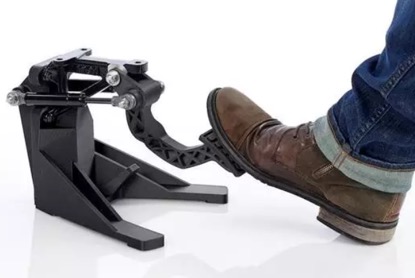
Auto Parts of 3D Printed Carbon Fiber Nylon Material
First, we should understand the direction of car development currently. At present, there are two goals for the car development: intelligence and energy-saving with less emission. Intelligentization can be realized by means of AI, neural network engine and 5G technology. The goal of energy-saving with less emission can also be subdivided into: clean energy, light weight, engine, thermal efficiency of transmission system, optimization of mechanical structure, reduction of wind and road resistance. The new energy vehicles represented by EVs are subject to battery storage technology. The endurance issue can only be solved by building large battery packs. The thermal efficiency of internal combustion engines has also been greatly improved from 30% to 40% in the past decade, which, however, has taken huge human and financial costs. The wind and road resistance are almost difficult to make any major breakthroughs nowadays. So, at present and in the coming future, we must attach great importance on the lightweight of vehicles.
Two Elements for Lightweight
Materials:Since no suitable alternative materials for steel can be found, we can only optimize the vehicle structure or improve the performance of steel. However, the proportion of steel is insurmountable. So, there are no obvious effects. It’s still the goal for the automotive industry to find the best steel alternatives.
Component design: Modular and integrated design can greatly reduce the number and weight of connectors.
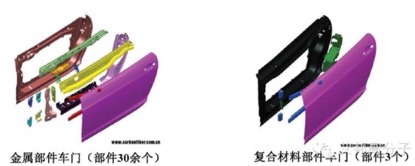
Integrated parts can greatly improve manufacturing efficiency and reduce mold costs.
To solve material issues by means of carbon fiber nylon composite material. It is undoubtedly a feasible idea to solve the problems of integration, modularization and topology optimization by large-size SLS nylon sintering equipment such as TPM3D S600.
Ten advantages of CFRP based on nylon carbon fiber materials in automotive industry:
High specific strength and the best lightweight high-strength body material.
Perfect axial strength, high modulus, no creep, suitable for drive shaft. 。
Become countless small pieces in direct collision, which can absorb a large amount of impact energy (four times better than steel structure) with high security.
With softness of textile fiber and high processability.
Insoluble and non-expanding in organic solvents, acids and alkalis, good corrosion resistance, long service life and low maintenance costs.
Small thermal expansion coefficient, and high dimensional stability in extreme weather conditions.
Supercapacitors with activated carbon fiber can increase energy density and reduce costs for EV braking.
Composite materials are easy to be formed with specific surface shapes to meet the aerodynamic and aesthetic requirements.
Smooth and beautiful vehicle skin can save costs and cumbersome painting process.
Integration of different parts facilitates the modularization and integrated manufacturing of the automobile structures.
For this reason, more than 30 parts of the new BMW 7 Series adopt carbon fiber composites (CFRP), including: body, chassis, roof, door, head cover, hood, tail, and tail fin , center console, trim strip, dashboard, driving shaft, special power transmission system, seat, seat cushion, front diffuser, tail spoiler, rear diffuser, back mirror casing, suspension arm, front lip , side skirts, side grilles, car bags, streamlined dome, A-pillar, sunshade, radiator cover, side plate, low-level footboard, sub-bumpers and other external and interior accessories. All these applications are related to the three aspects of energy-saving and emission reduction, including lightweight, engine and transmission system thermal efficiency and mechanical structure optimization as well as reduction of wind and road resistance.
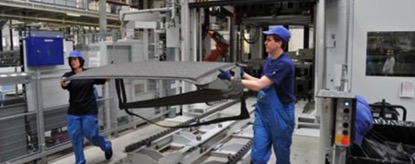
BMW production line for installation of carbon fiber composite materials
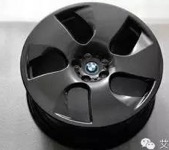
BMW’s wheel hubs made of full carbon fiber composite material are 35% lighter than ordinary aluminum alloy ones, which will greatly reduce the moment of inertia。
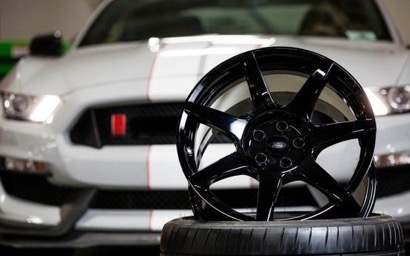
Similar wheel hub for the Ford Mustang
At the Oak Ridge National Laboratory (ORNL), the carbon fiber pellets are printed into an integrated vehicle chassis by means of fused deposition manufacturing technology. The stiffness is increased by 5-7 times and the strength is increased by 3 times, which not only improves the properties of parts, but also reduces the processing time. It shows that the US government also focuses on the role of the material and 3D printing technology in the automotive industry.
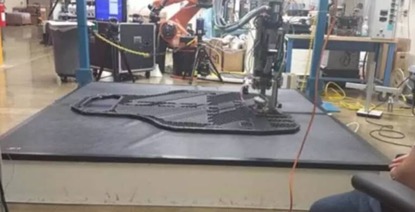
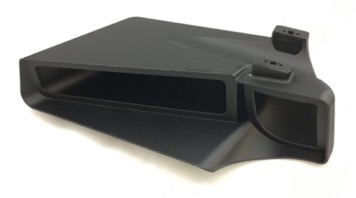
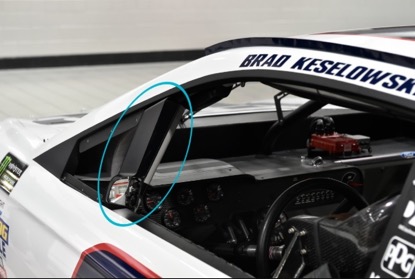
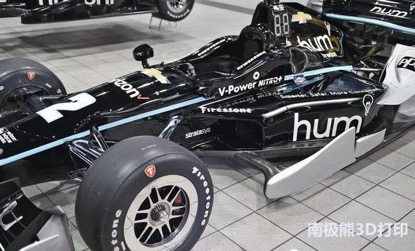
Many racing cars also adopt 3D printed nylon carbon fiber material (nylon 12+cf) to improve the racing scores.
In short, the future cars will surely achieve these goals with the help of nylon carbon fiber materials:
Driving security: strength about 200% and 400% higher than steel and plastics, impact energy is 4 times than that of steel;
Energy and resource saving:Most suitable for offsetting the weight gained on the energy parts of new energy vehicles;
Service life of parts:high strength and high modularization, high temperature resistance, creep resistance, fatigue resistance and corrosion resistance;
Environmental humanization: lightweight, small rotational inertia, low noise, damp vibration, high comfort;
Environmental clean: sharply reduced exhaust gas discharge, self-lubrication, free of lubricant;
Lightweight car body: 300-400% and 30~40% lighter than steel and plastic respectively;
Customized body shapes:good processing capability and easy to form a variety of shapes.